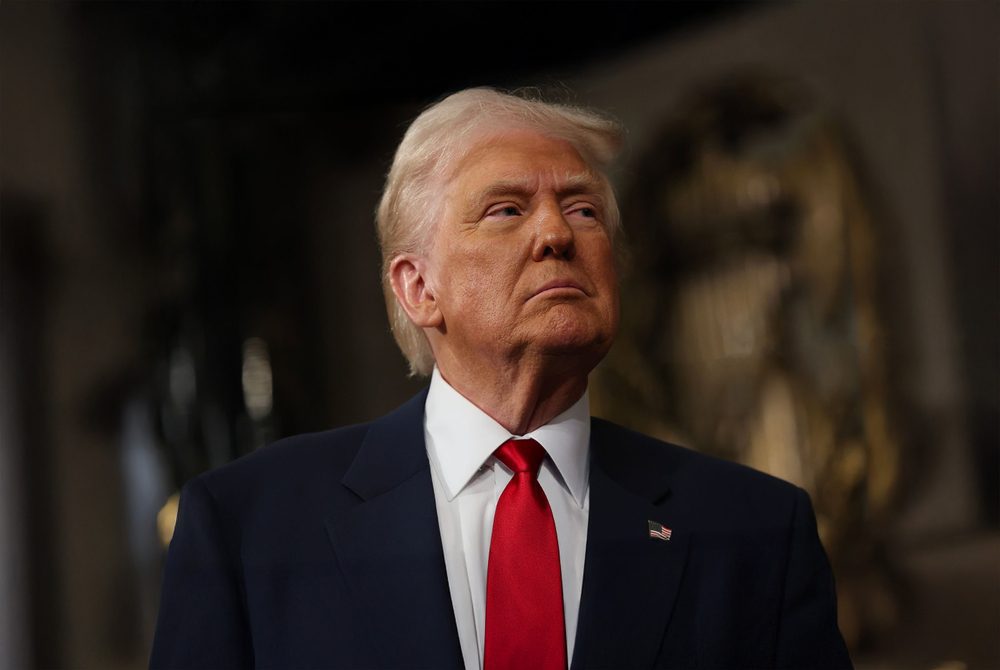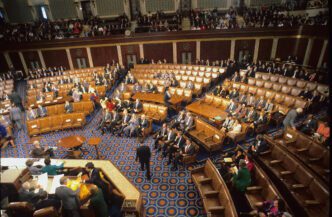Executive Summary
The Story So Far
Why This Matters
Who Thinks What?
The Trump administration is redirecting nearly $500 million in federal funding, primarily boosting historically Black colleges and tribal colleges, while cutting grants mainly from programs serving Hispanic students. The Education Department announced the one-time investment days after reducing $350 million from other grants, citing concerns that programs available only to colleges with certain minority enrollment thresholds are unconstitutional.
Funding Reallocation Details
The substantial funding shift provides a 48% increase for Historically Black Colleges and Universities (HBCUs) and more than doubles the funding for tribal colleges and universities, according to the Education Department. This reallocation is made possible by the department flexing its authority to repurpose discretionary funding, a power granted through a stopgap funding bill passed by Congress this year.
The cuts primarily impact programs reserved for colleges with large numbers of Hispanic students, alongside reductions to other smaller programs supporting colleges with specific percentages of Asian American, Black, or Native American students. Additionally, approximately $60 million is being redirected toward charter schools, and $137 million will fund American history and civics grants, aligning with President Trump’s January executive action to prioritize charter schools and school choice initiatives.
Rationale for the Policy Shift
Education Secretary Linda McMahon stated that these changes aim to redirect money from “ineffective and discriminatory programs toward those which support student success.” The Education Department further clarified that the funds are being drawn from programs deemed “not in the best interest of students and families,” specifically targeting those that “rely on racial quotas.”
A Justice Department memo from July supports this stance, arguing that Hispanic Serving Institution (HSI) grants are unconstitutional because eligibility is restricted to colleges where a quarter or more of undergraduates are Hispanic. The Education Department has opted not to defend the HSI program in a lawsuit initiated by the state of Tennessee and the anti-affirmative action group Students for Fair Admissions. Tennessee’s suit contends that its public universities, while serving Hispanic students, are unfairly excluded from tens of millions in funding due to these “arbitrary ethnic threshold” requirements.
Political Context and Reactions
The cuts to the Hispanic Serving Institution program reverse decades of precedent, as Congress established the program in 1998 to address lower college enrollment and graduation rates among Latino students. Democrats have swiftly criticized these cuts, emphasizing the bipartisan support these programs have historically received and their role in fostering social mobility for working-class Americans.
President Trump has consistently presented himself as a champion of HBCUs. During his first term, Congress approved an additional $250 million annually for HBCUs. This year, Trump signed an executive action pledging an annual White House summit, an advisory board, and other forms of support for these institutions.
Key Takeaways
This federal funding redirection represents a significant policy shift by the Trump administration, prioritizing increased investment in HBCUs and tribal colleges while concurrently defunding other minority-serving institutions based on constitutional challenges to their eligibility criteria. The move underscores the administration’s strategic use of discretionary funding to align with its educational and political priorities, sparking debate over the future of federal support for diverse higher education institutions.








